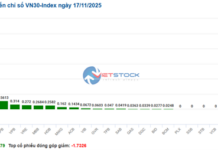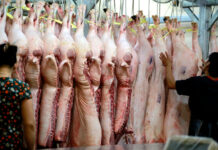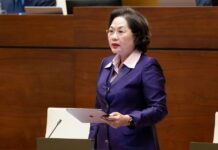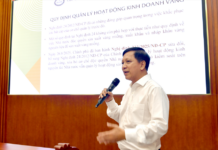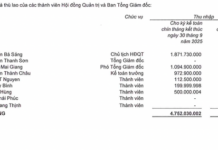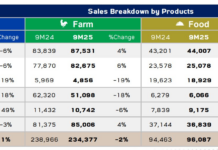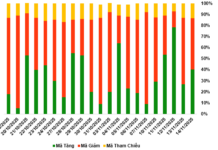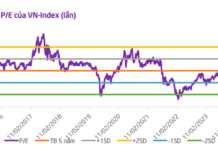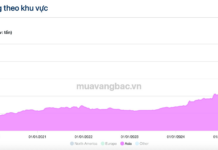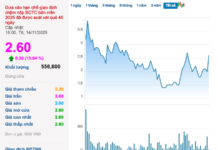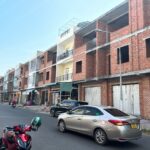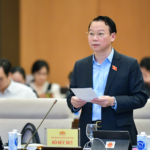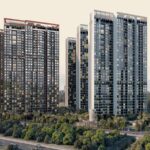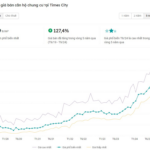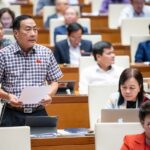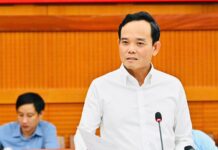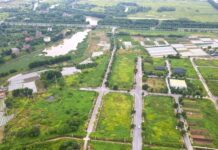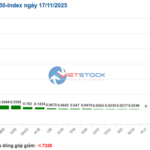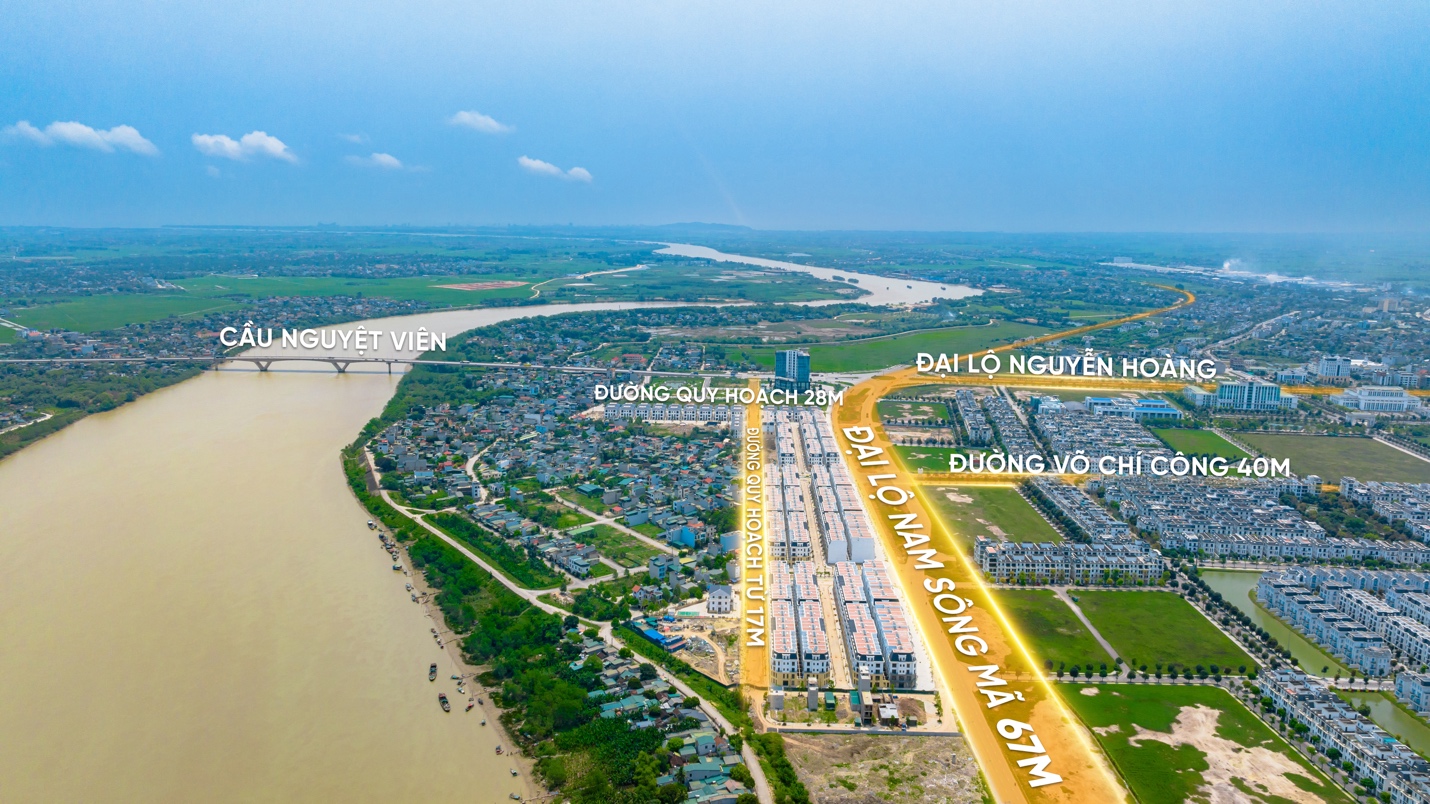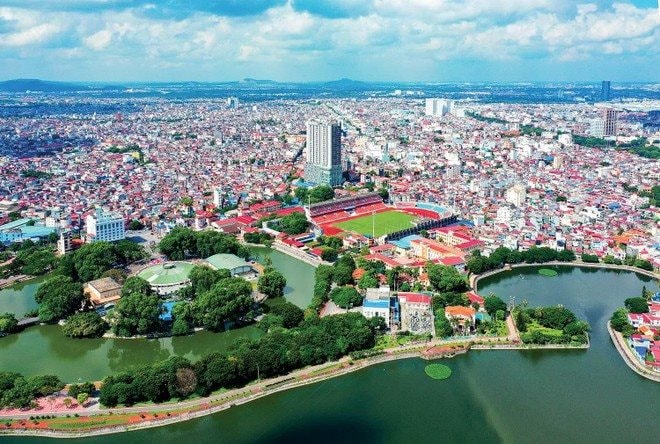
Illustrative image
According to the Vietnam Real Estate Brokerage Association (VARS), the pilot program allowing investors to agree on the right to use agricultural and non-agricultural land for commercial housing within five years is a correct mechanism. It will remove legal obstacles for commercial housing projects that are “stuck” due to the lack of residential land, thereby contributing to increasing the housing supply in the real estate market while waiting for the state’s land development fund to be fully prepared in terms of capacity and resources.
Since 2014, the Housing Law has stipulated that enterprises must have 100% residential land to undertake projects. In 2022, the National Assembly issued Law No. 03/2022/QH15, amending nine laws to allow enterprises to receive transfers of residential land or residential land and other land in accordance with the planning to implement investment projects. This regulation is continued in Point b, Clause 1, and Clause 6, Article 127 of the 2024 Land Law.
In addition, Clause 1, Article 126 of the 2024 Land Law stipulates that from January 1, 2025, there are two cases where investors are allowed by the State to be allocated land with collection of land use levies or leased land through bidding to select investors to implement investment projects with land use, including investment projects. constructing urban areas and investment projects for the benefit of the nation and the public.
This means that real estate businesses in Vietnam are not allowed to directly receive the transfer of agricultural land from individuals or other organizations to convert it into residential land. Businesses wishing to develop commercial housing projects must wait for the State to allocate or lease land to build urban area projects. In case a business wants to develop a small-scale commercial housing project without state intervention, the business must own or receive a transfer of residential land or residential land and other land to implement the commercial housing project.
Therefore, VARS believes that the supply of commercial housing will continue to be scarce, as many projects are still “fenced off” due to “not having 1m2 of residential land within the project construction area,” and many other commercial housing projects are also difficult to implement because most of the land funds that enterprises have established for many years are mainly on agricultural land and non-agricultural land. Meanwhile, very few enterprises have the capacity to develop land funds and compete in bidding and implementing urban area projects, especially in areas with high land prices and development needs.
As a result, housing prices will continue to rise, and small businesses will have little chance of entering the market because they lack the financial resources to buy land or bid in areas with high development potential. Large investors with a land bank for commercial housing development in high-demand areas will continue to control selling prices to optimize profits.
At the same time, with the increase in land-related costs, the development of urban area projects with synchronous and modern infrastructure and utilities also forces investors to maintain high selling prices to avoid losses.
Earlier, on the morning of November 13, on behalf of the Prime Minister, Minister of Natural Resources and Environment Do Duc Duy presented a proposal for a draft resolution of the National Assembly on piloting the expansion of land for commercial housing projects. Delegate Nguyen Phuong Thuy (Hanoi Delegation), Vice Chairman of the National Assembly’s Committee for Legal Affairs, made it clear that this was not the first time the Government had proposed expanding land for commercial housing, as the National Assembly had discussed this issue at least three times.
The last time, when discussing the draft new Land Law, many National Assembly deputies were also very concerned because even the Government’s report said that only some places had difficulties and not all localities were affected. “Proposing to supplement this policy immediately after the Land Law takes effect and implementing it nationwide, almost without any limits, is not a pilot but a supplement to the Land Law,” Delegate Nguyen Phuong Thuy predicted.
Going into specific regulations, the female delegate expressed concern that “land fever is currently happening, land prices are soaring beyond explanation, and there is no solution to control it. If we allow a pilot expansion of land with other types of land, will it create a land fever for these types of land?”
The “fever” will spread, according to the delegate, creating barriers for enterprises that need land for production and business. If many people focus on buying land of all types to wait for conversion into commercial housing, land prices will rise, making it difficult for enterprises to access land and for the State to manage.
The Power of Words: Crafting a Compelling Title for “Pilot Project on Commercial Housing from Land Use Rights”
On the morning of November 3rd, the National Assembly’s Standing Committee discussed and gave opinions on the draft resolution on piloting the implementation of commercial housing projects through agreements on the receipt of land use rights or the transfer of land use rights.
The Soaring Land Prices and the Struggling Real Estate Stocks: Unraveling the Mystery.
The real estate market has witnessed a scorching surge across almost all segments, including land, low-rise homes, luxury apartments, affordable condos, and even older apartment buildings. This surge in property values contrasts sharply with the prolonged slump in real estate stocks, which continue to languish at rock-bottom levels.
“The Murky Waters of Real Estate: A Delicate Dance of Uncertainty and Valuation”
At the 8th session of the 15th National Assembly on October 28, National Assembly deputies pointed out the inadequacies of the current real estate prices and urged the Government to continue implementing social housing policies for low-income earners.

